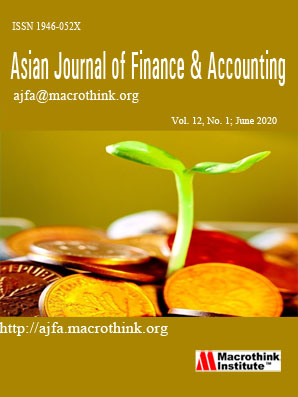Efficiency of Foreign Banks Operating in India: DEA Analysis
Abstract
Indian financial sector has observed various modifications in the policies and prudential norms to raise the banking standards in India to the international strength. Various financial reforms have taken place in 1991 which improved flexibility and operational autonomy in the banking sector. In 1992, on the recommendation of Narasimham committee, a series of developments were instigated. In 1993-94, the approval was accepted for the entry of new private banks and foreign banks in Indian banking sector. After the post reform era, the operations of Foreign Banks (FBs) received a considerable boost. The Reserve Bank of India liberalized its policy for foreign banks implying new opportunities for growth and different representations in India. The present study makes an attempt to measure and compare the efficiency scores of Public Sector Banks (PSBs), Private Sector banks and FBs operating in India during 2008-2013 using frontier based non-parametric technique, i.e., DEA, the result demonstrates that the efficiency of FBs has shown continuous improvement in comparison with PSBs and Private Banks following the route of deregulation with modest drifts.
Submission of an article implies that the work described has not been published previously (except in the form of an abstract or as part of a published lecture or academic thesis), that it is not under consideration for publication elsewhere, that its publication is approved by all authors and tacitly or explicitly by the responsible authorities where the work was carried out, and that, if accepted, will not be published elsewhere in the same form, in English or in any other language, without the written consent of the Publisher. The Editors reserve the right to edit or otherwise alter all contributions, but authors will receive proofs for approval before publication.
Copyrights for articles published in MTI journals are retained by the authors, with first publication rights granted to the journal. The journal/publisher is not responsible for subsequent uses of the work. It is the author's responsibility to bring an infringement action if so desired by the author.








